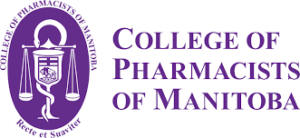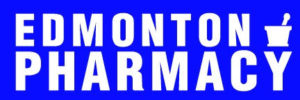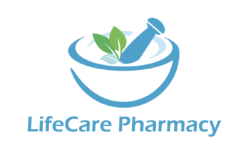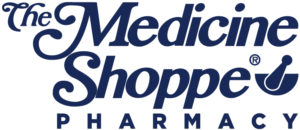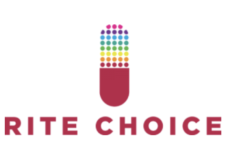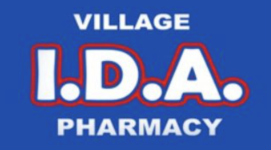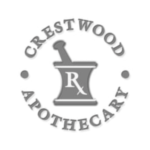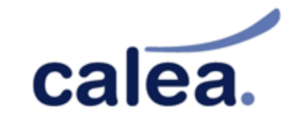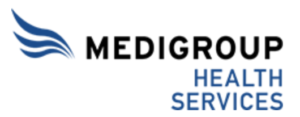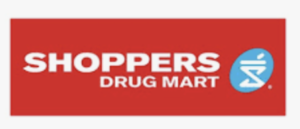What is the Level of Containment for Diclofenac Gel: A? B? C?
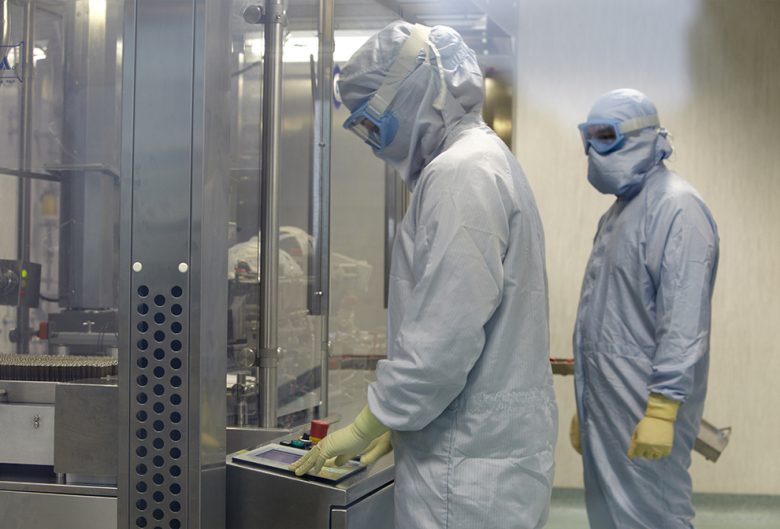
I recently had a conversation with a colleague about diclofenac gel. We reminisced about where we were when we first compounded diclofenac gel and how innovative and “magical” this two-step process was. So nerdy…. Many, many, many (!) years later, we cannot imagine not compounding diclofenac gel in our pharmacies. In Alberta, there is a certain nostalgia surrounding diclofenac gel and we compound a lot of it, and this is unique to our province.
When faced with the possibility of not being able to meet the Alberta requirements for compounding with diclofenac powder, some pharmacy teams are having difficulty imagining their practices without. We must consider that compounding with diclofenac powder poses a respiratory risk, unless your manufacturer’s safety data sheet states otherwise. Therefore, in Alberta, diclofenac gel cannot be classified as a Level A compound. In fact, many if not all of the powders that we routinely compound with are respiratory hazards. If your pharmacy compounds with these powders occasionally and in small amounts, they may be classified as Level B. Otherwise, compounding with powders such as diclofenac requires Level C containment.
What is a “small amount”? Good question. “Small amount” is not officially defined, but you must consider risk from both an isolated exposure to a “small amount” and cumulative risk to “small amounts” over time. There is no evidence-based calculation to quantify your risk from compounding powders that are identified as hazardous. How much exposure is acceptable? A good rule of thumb is that if you are occasionally compounding with respiratory hazards for your pharmacy only, you may be able to classify diclofenac gel under Level B requirements. If you compound these products for yourself and other pharmacies, you likely require Level C containment. Keep in mind that in Alberta, if you are unsure of the level of containment required, you must defer to the higher level. Don’t forget to also consider exposure to all respiratory or NIOSH hazards that you are compounding with to get a clear picture of risk to your compounding personnel.
These levels of requirements have been mandated by the Colleges of Pharmacy across the country primarily to protect your staff. Alberta has taken a firmer stance that some provinces, the priority being the safety of your pharmacy compounding personnel. As of January 2020, we can no longer compound diclofenac gel (or other respiratory hazards) on our pharmacy counter under Level A containment.
The colleague I spoke of earlier and I joked that we needed to “break up” with diclofenac gel. For the sake of our compounding personnel, it is time to leave the compounding with hazardous powders to those pharmacies that have the proper facilities and equipment to do so. Break ups are hard but are often for the best and we will get through it.

